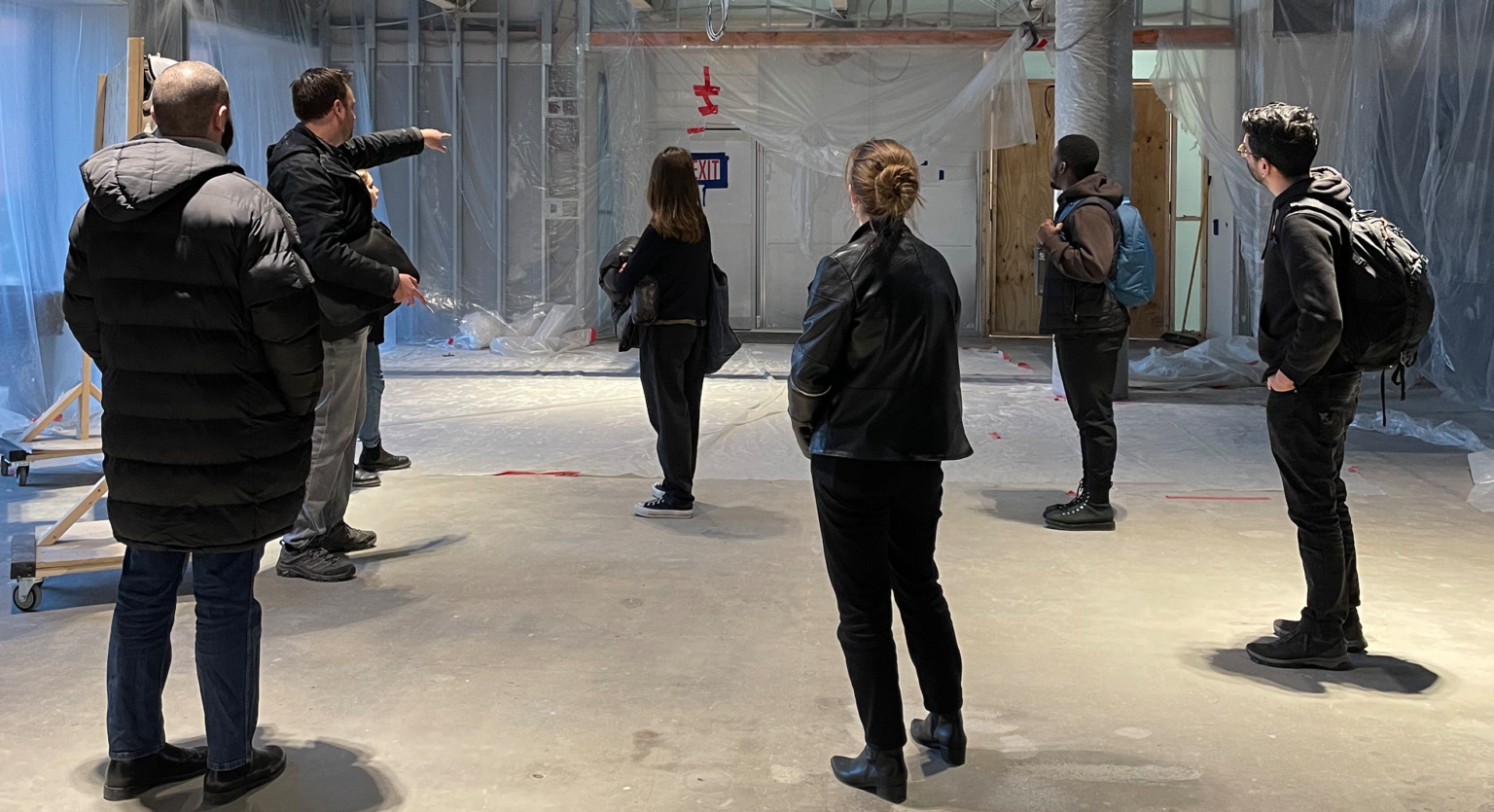When examining growth patterns in the area, it’s clear that the increasing cost of living, as well as quantity and quality of affordable housing, deeply affects not only the development of the city but its residents’ ability to thrive. Through projects that focus on affordable housing and transit-oriented development, equitable development plans, and other work in line with our values, we hope that our work as a collective can spark conversation, affect change, and improve quality of life for residents of the Boston area. We spoke with Studio Luz Design Lead and Senior Project Manager Paul Dahlke about the future of development in Boston, how a clear plan for expansion can help preserve socio-economic diversity, and his hopes for addressing cost of living issues in the area.
Tell us briefly how you envision the city of Boston in five to ten years. What changes do you think we may see in the city during that time?
It would be difficult to envision future development in Boston diverging from its current trajectory, at least in the next decade. The most immediate challenge is the increasing cost of living and escalating rental rates; although there are long-term challenges to consider, such as the rising sea levels, that will affect much of the city within the coming decades.
Due to its own history and geography, Boston has not had a clear vision for expansion, unlike cities like Chicago and New York. Growth is piecemeal, with master planning most effective only in localized areas, such as when large formerly industrial sites are opened to development. This has created relatively isolated “insta-neighborhoods” that are constructed from the ground up. A good example is the Seaport area, which has an internal organization but limited connections to the city at large. This development pattern also tends to intensify socioeconomic stratification between neighborhoods.
A secondary growth pattern is also evident in smaller scale infill development in historic residential neighborhoods, such as Roxbury. However, this growth is necessarily limited by lot sizes, height limitations, extended regulatory processes, and financing challenges.
My hope for the city would be that despite remaining challenges, the development within the coming decade considers a more complete integration of affordable housing.

How do issues like climate change, capitalism, and community equity affect Boston today, and how do you think they will continue to affect the growth of the city?
As development is still based fundamentally on market forces, the current pattern in the city will likely continue to result in the development of socio economic enclaves, with limited integration of families at differing income levels.
At the same time, it is becoming clear that the industries that sustain these divisions may be less resilient than anticipated, as evidenced by the recent tech industry layoffs. As market forces continue to shape the city, the lack of economic diversification may affect new neighborhoods disproportionately in a downturn.
Socioeconomic diversity is crucial to new development in the city, and likely is not possible without substantial regulatory intervention and public investment. Architects and planners should strive to uphold an ideal of design as a public benefit that can impact residents across socioeconomic lines.
The impact of climate change on development is still unclear at this point, although property values will undoubtedly fluctuate as developable land area decreases with rising sea levels, and formerly viable sites become undesirable. It seems likely that the challenges of climate change will be a contributor to escalating costs of living in the city.
What changes in current approaches to urban transformation do you hope to see? What investments, commitments, or focuses do you hope to see from industry figures?
In my opinion, addressing cost of living issues should be the priority in the coming decade. As large developable sites in the city core are occupied and new infill development continues to be constrained, there may need to be a greater focus on the city perimeter and the exurbs as the site of new large-scale development to build the quantity of housing needed for the growth anticipated.
Planned satellite communities based on sustainable practices may be an option to be considered for growth. Transit networks connecting to the city center will need to be bolstered to sustain such a growth pattern.
I would also like to see the general quality of housing in low to middle income neighborhoods improved. Much of Boston’s housing stock, particularly in lower income neighborhoods, is substandard. Income restrictions should not preclude access to livable housing for all residents. This may mean that older buildings that are no longer energy efficient shall be replaced to make way for new, energy efficient developments.
Market forces alone will likely not be sufficient to effect the changes needed to provide sufficient housing for anticipated growth across all income levels, so substantial regulatory intervention and public investment is needed.
